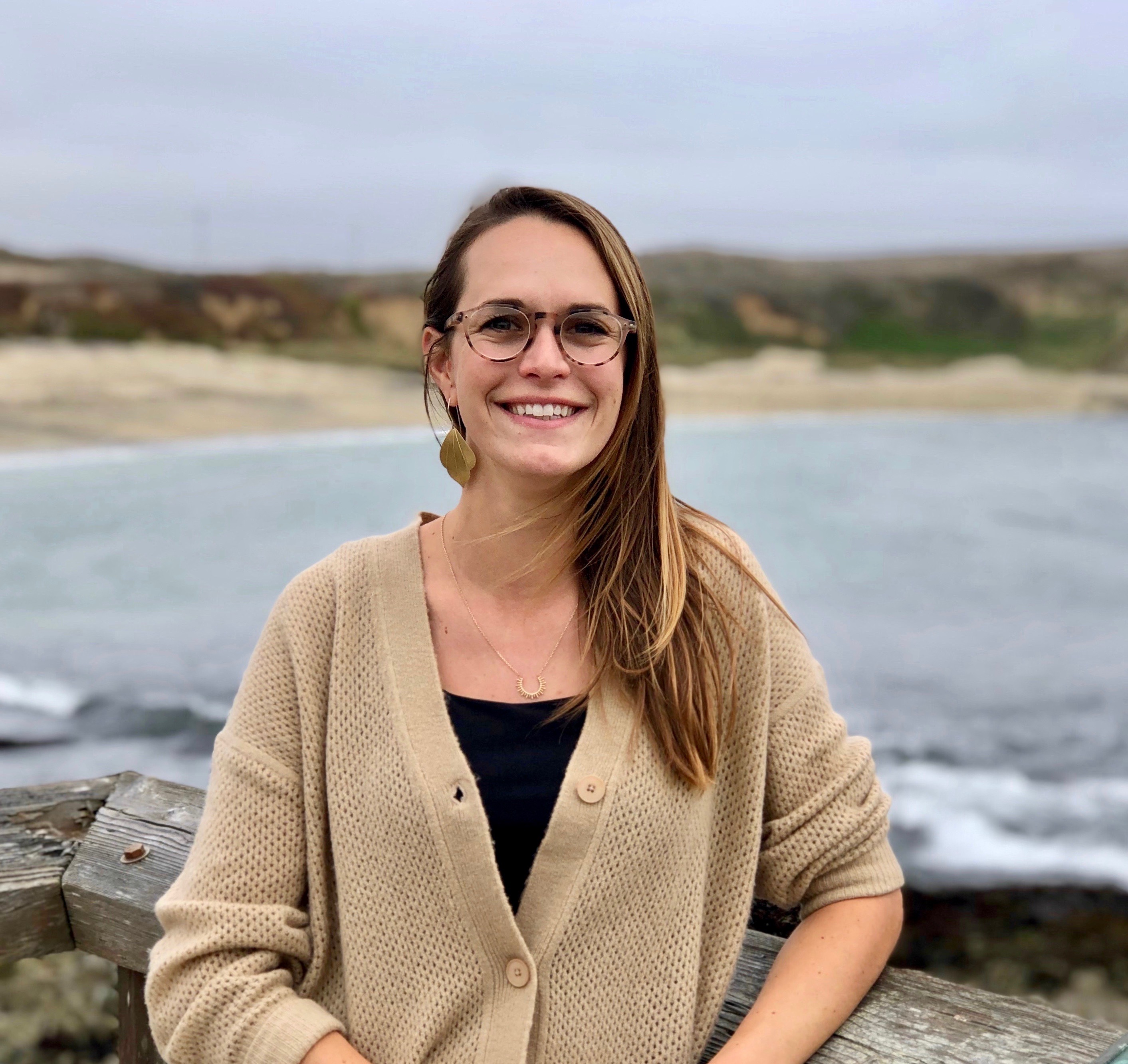Can Carbon Credits be Leveraged for Conservation and Restoration of Blue Carbon Habitats?

Melissa Ward is a leader in the California “blue carbon” space, investigating seagrass meadows, kelp forests, and salt marshes to better understand how these valuable ecosystems absorb and store carbon. She integrates cutting-edge marine science research for climate resilience work and ocean-based solutions, aiming to link impacted communities with viable solutions to environmental change.
—Hannah Lyford, PhD Student, EEMB; Bren Kuni Fellow
View a recording of this seminar here
ABSTRACT
Restoration and conservation of blue carbon habitats is increasingly being recognized as a nature-based solution to climate change. However, the scale, approach, and habitat type associated with the restoration or conservation can all alter carbon mitigation outcomes. For example, recent work documents that within the context of the voluntary carbon market, revenue from seagrass restoration could range from $198 to $15,337 per hectare over ten years – making carbon credits a challenging mechanism to cover the full cost of restoration in many cases. Novel habitats, such as kelp forests, may provide additional carbon sequestration opportunities, but significant scientific gaps remain in order to understand this potential. This talk will discuss how the management of blue carbon habitats can be used to reach climate goals and where science is needed to support these goals, with an emphasis on seagrass meadows and kelp forests.
BIO
Dr. Melissa Ward investigates blue carbon globally, with an emphasis on the research and management of California coastal habitats. She currently acts as the lead scientist for Windward Sciences, where she works on a number of projects to restore coastal habitats and quantify the associated climate mitigation benefits. She also sits on numerous state and federal boards to advise on inclusion of blue carbon ecosystems into greenhouse gas reduction targets and resilience goals.